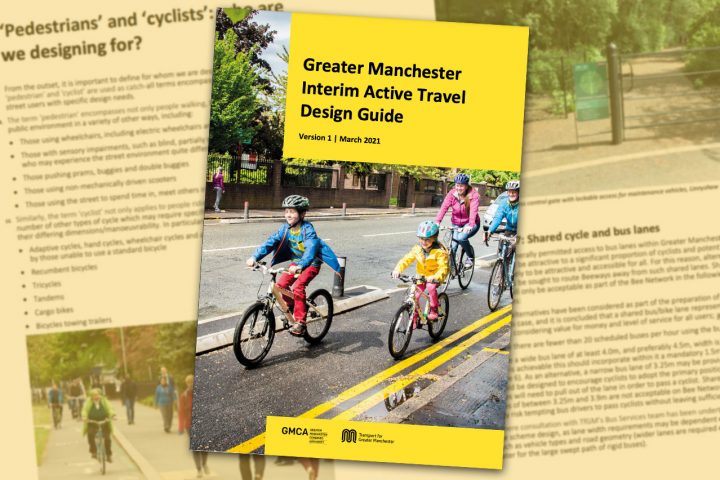
Transport for Greater Manchester and the region’s Combined Authority have completed an important step in the implementation of their Bee Network walking and cycling plans, publishing an Active Travel Design Guide that sets out the key rules for designing future schemes in its ten boroughs.
The document is 27 pages (PDF) of perfect bedtime reading for anyone who dreams of protected cycle lanes, well-lit walking routes and Cycle Optimised Protected Signal (CYCLOPS) junctions. Which is all of us who like getting around without a car, right?
So far only an “interim” guide, it references several existing publications, but notably the Department for Transport’s surprisingly excellent LTN 1/20. If you’re not up to speed, that’s a local transport note document published last year which sets out the new standards for cycling infrastructure design, now quoted endlessly by cycle geeks.
The Greater Manchester design guide spurs from this slightly to focus on both cycling and walking, with 18 “key issues” including width of facilities, surface quality, gradients and even things like headroom on cycle facilities that can otherwise be overlooked.
Including pedestrians means that clear guidelines are also set out for dedicated walking facilities, such as the width: 2 metres or 1.4 metres as an absolute minimum where necessary, in case you’re wondering. In fact, “a width of less than 1.4m will not permit use by a double buggy user and is unacceptable on the Bee Network,” it says. Nice one.
It’s also wonderfully clear that, while we use “pedestrians” and “cyclists”, we’re actually talking about huge sub-sets of users within each of those (from wheelchair and pram users to tricycles and cargo bikes), and that new schemes need to be completely inclusive.
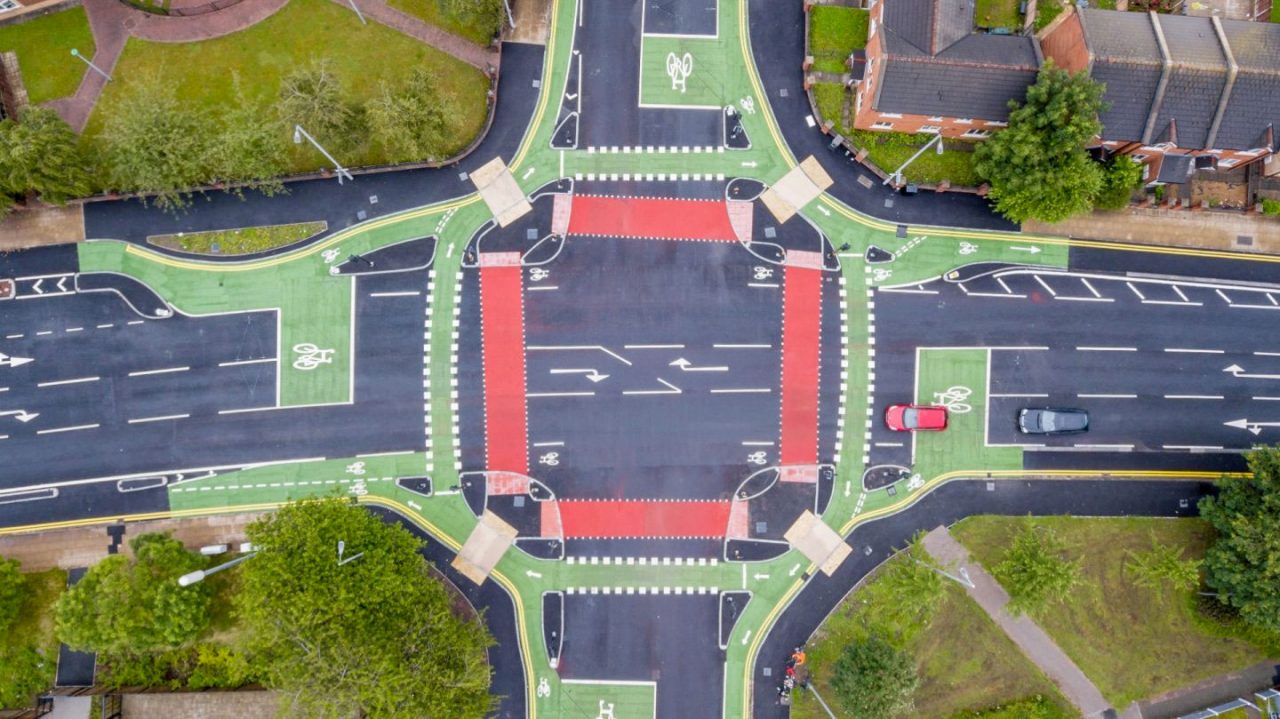
The tone is simple and frank, which is good since all ten councils need to follow these guidelines if they’re to receive funding for future schemes. (That’s an important point too, because Stockport for one when presented with LTN 1/20 guidelines have countered by quoting back a line contained within that, ultimately “local authorities are responsible for setting design standards for their roads”. Ie. they can ignore the whole damn thing if they want to.)
Lighting is one point where the Bee Network seems to want to put itself a cut above your average right of way, even stating “off-road Beeways should also be provided with full ambient lighting, ideally to the same standards referenced above.” It goes on to state in sensitive areas this could mean low-level bollards or solar studs in the path.
The one issue where some have noticed the guide stumbles a bit is with that old favourite: access control barriers on traffic free routes.
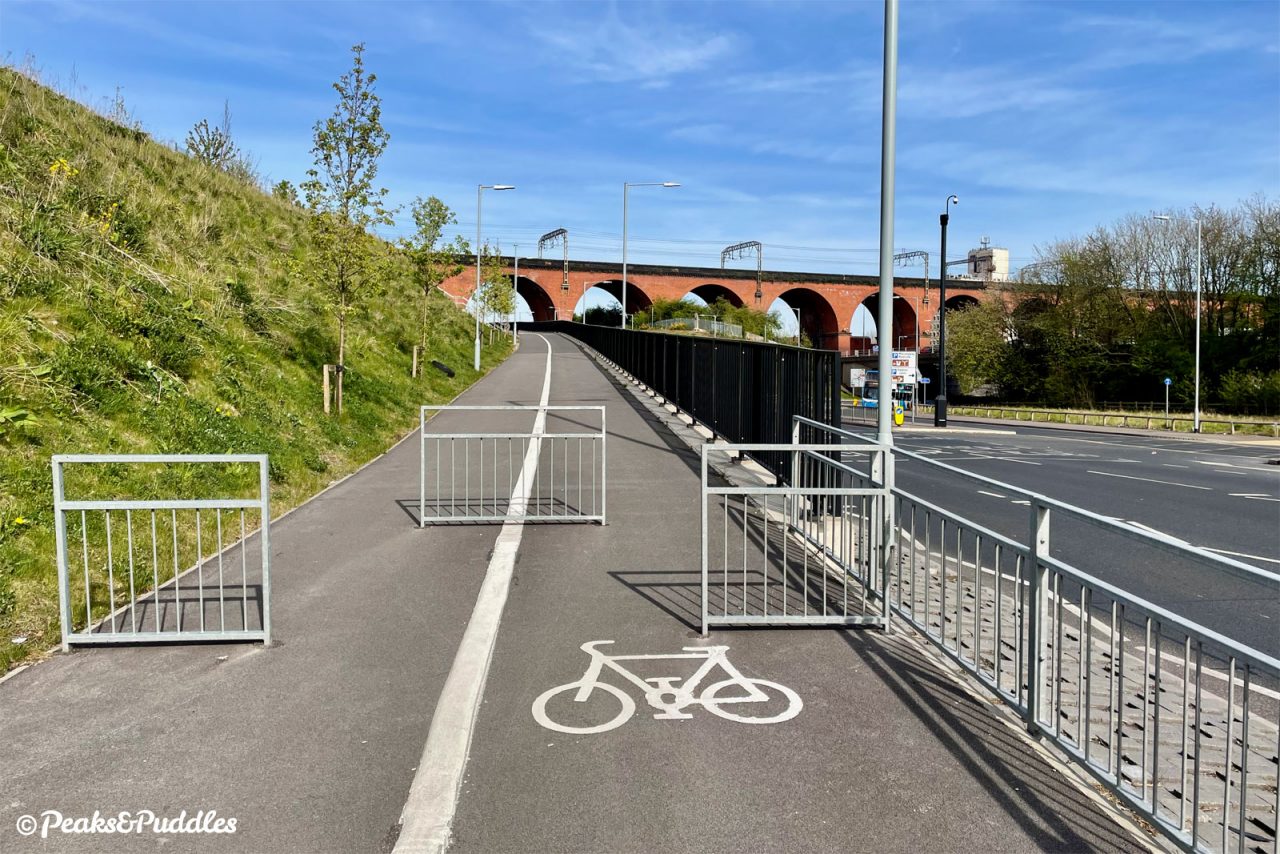
LTN 1/20 states quite fiercely “access control measures, such as chicane barriers and dismount signs, should not be used.”
Greater Manchester’s guide on the other hand wavers to say that, actually, they can be used but “must have clear, specific, local justification agreed through the Cycling and Walking Design Review Panel.”
“Acceptable solutions will usually either use bollards or offset barriers/gates with sufficient clearance to permit use by all legitimate users.” (The sufficient clearance apparently being just 1.5 metres.)
So, while awful a-frames, k-frames and kissing gates are all outlawed, we may yet see a Bee Network filled with frustrating pinch-point chicanes — sorry, “offset barriers” — when actually, a humble bollard or two would do.
And a new Active Travel website, too
Transport for Greater Manchester have also launched a new, dedicated website for active travel. Along with tips on how to start walking and cycling, it provides a good single resource for all the many Bee Network schemes.
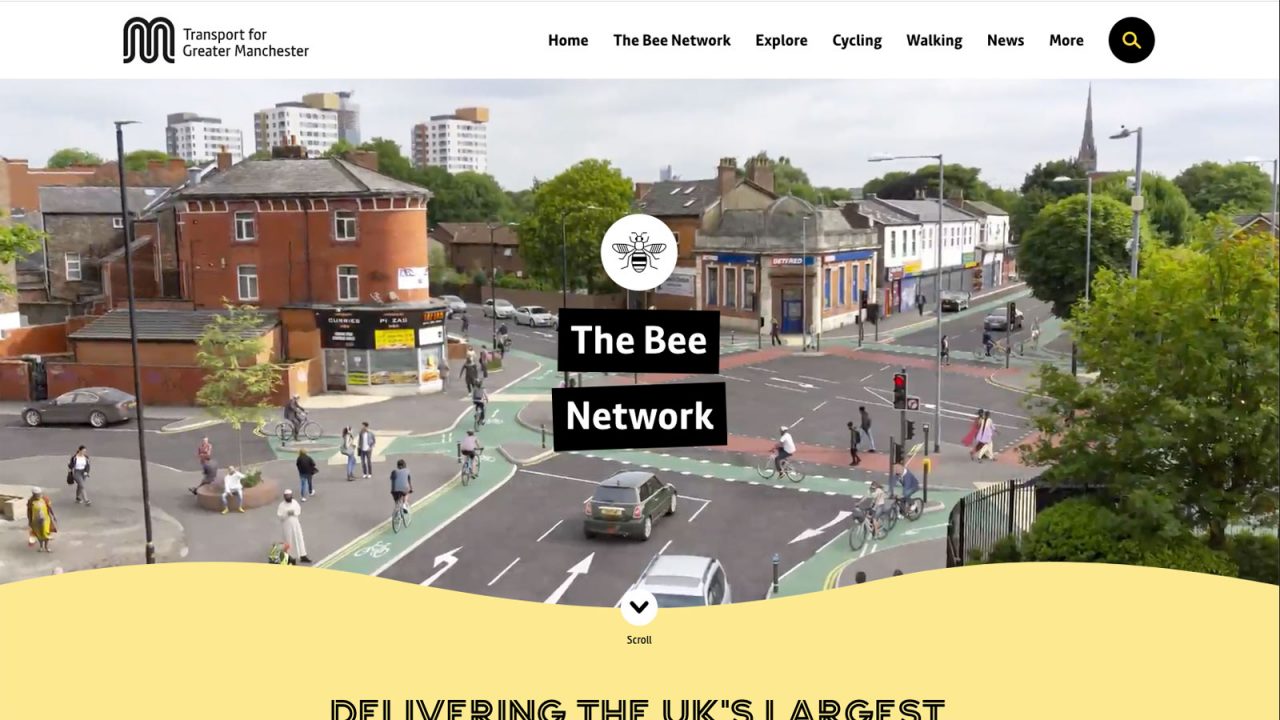
A complete map and dedicated pages for each project give a brief overview with links to the local council websites for plans and further updates. This information used to be quite scattered and hard to get an overview on, so it’s a very welcome improvement.
One thing notably missing, however, is a link to TfGM’s really useful online cycling maps. They don’t seem to be referenced anywhere and, given the online version hasn’t been updated since 2019, let’s hope they’ve not fallen by the wayside altogether.
Bee Network buses, trams and trains?
It was reported recently by WalkRideGM that Andy Burnham “plans to rebrand” the whole of Greater Manchester’s public transport network as the “Bee Network” if he wins the upcoming mayoral election.
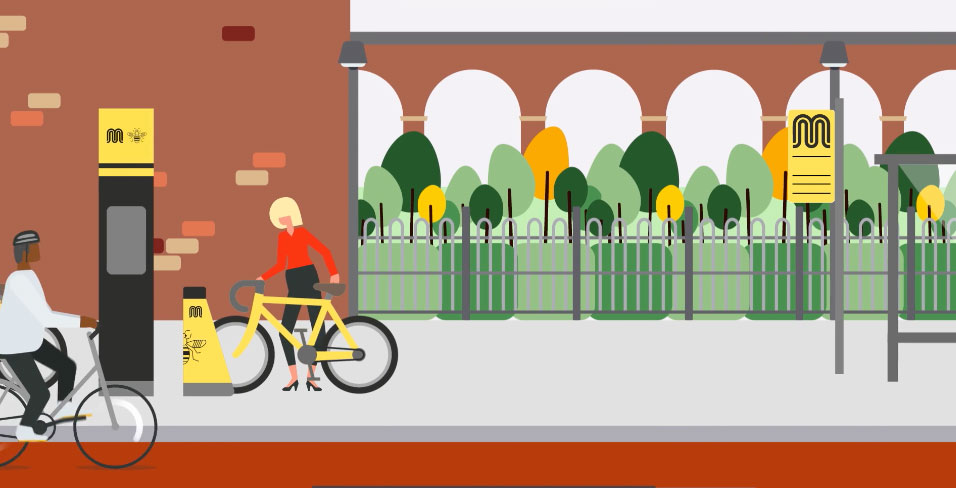
This likely follows on from the welcome decision to progress with taking back control of the region’s buses, which included a teasing video showing bumble-bee yellow buses — and cycle hire docks.
But then, what is the cycling and walking network? It’s already been through one rebrand, after the original Beelines name was dropped due to a trademark issue. TfGM do now own the use of “Beeways”, which is a rather nice, succinct alternative, so perhaps we could see that brought into widespread use.
